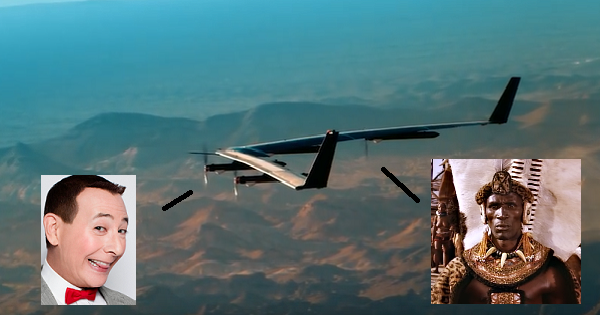
The jewel encrusted effort of CEO Mark Zuckerberg in further raising his royal status beyond the monstrosity of his personal Great Wall on an island in the mid-Pacific, endured a minor crises in June, as an experimental ISP drone suffered structural damage on the final approach before landing in the desert near Yuma, Arizona.
Wired.com described the first flight of “Aquila”, a prodigious wing competing in breadth with horizontal spans of medium commercial airliners as a “first successful flight”. Now, the NTSB has entered from stage left and the maiden voyage in Zuckerberg’s attempt to expand internet connectivity to every obscure corner of the globe is facing the daunting slate and bureaucratic restraint of a full-scale investigation. The recent obliteration of a company experimental satellite in the bombastic funeral-pyrotechnics the SpaceX carnage on the launch pad in September only stokes the wildfire of the “fake” news epidemic in the wake of the Presidential election as resources and content for diversion tactics from Zuckerberg and public relations specialists appear scarce.
The social networking behemoth, much maligned by a broad range of demographics for the treatment and processing of newsworthy information, remains in a pattern of stagnation for end-users in the US, as onsite engagement and individual content generation has dwindled to a flow of passivity. In a disconcerting trend for the company, potential users under the age of 30 are choosing other notable and more relevant platforms for engagement. With a majority of legitimate accounts on an international scale, is the implementation in providing a “flying” live network, simply one component of a package deal to keep the social entity fluid in generating new accounts in regions where the concept of online social engagement is still novel? The company estimates that 1.6 billion people globally have no access to broadband networks. Has this idea been sold to tyrannical governments as a blueprint for an effective method in the instantaneous and broad reach in facilitating very specific acts of subversion and control? Could the most fierce terrorist cells hijack the technology in gaining influence, recruitment and disinformation campaigns?
Though “Aquila” completed more than 90 minutes of flight time before the unfortunate failure in structural integrity on route to landing, the carbon composite drone built from a laundry list of DIY parts synonymous with the contents of the stereotypical RC enthusiast’s garage, including batteries, styrofoam, engines, and radios, the current iteration of experimental technology is still just a flying model. Zuckerberg’s dream of flights lasting months in reaching billions and Google’s current immersion into a high altitude balloon delivery system of bandwidth, point to the possibility that the online habits of the younger generations in the US, Asia Pacific, and Western Europe are contributing in pushing the current reality of the internet realm towards the obsolete. Why tear down, when one can simply build from the beginning?
Read the full Fox News story here.